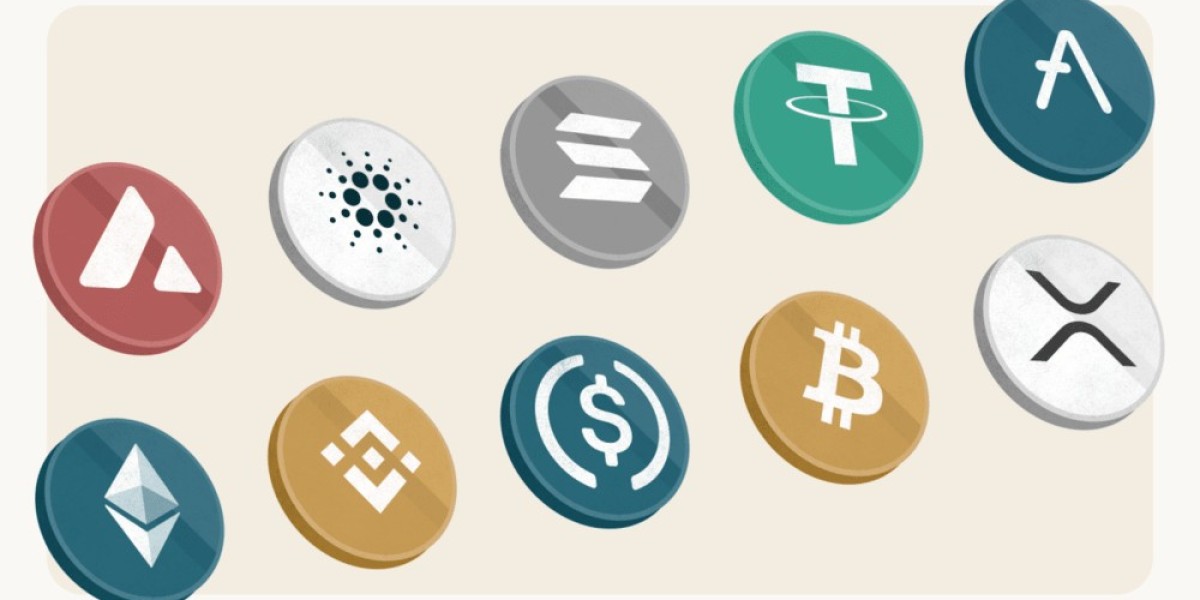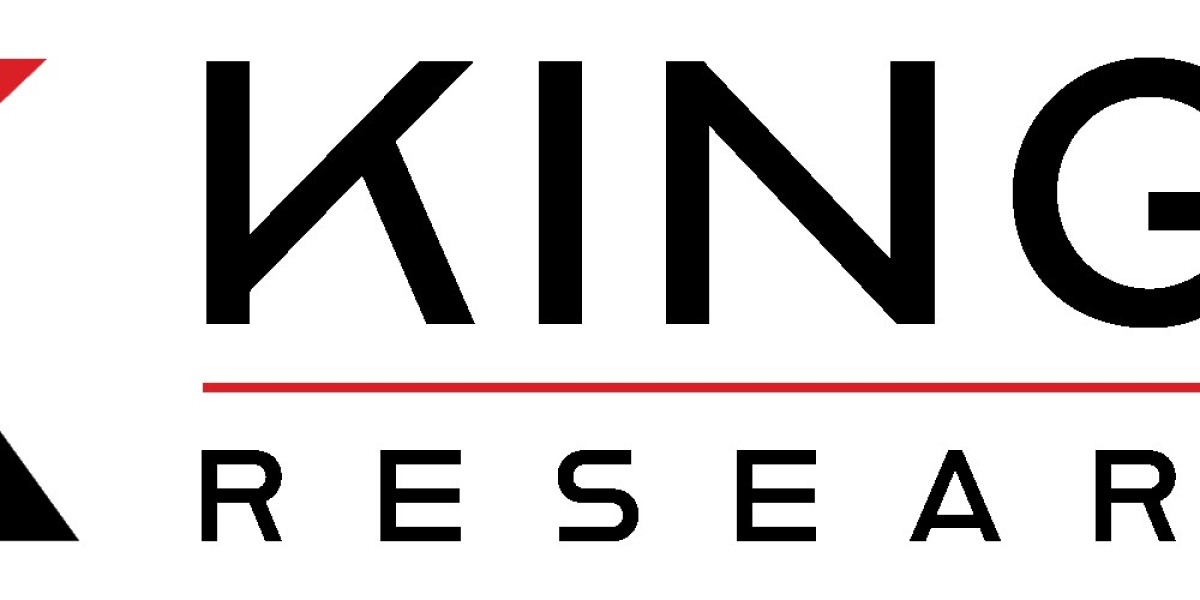The digital revolution has significantly transformed various sectors, and finance is no exception. At the forefront of this transformation are crypto assets, which have redefined how we perceive and handle money. Unlike traditional assets, which are often tangible and regulated by centralized authorities, crypto assets are decentralized digital currencies based on blockchain technology. This shift from traditional to digital assets marks a significant milestone in financial history, providing a new realm of opportunities and challenges.
Understanding the Basics of Crypto Assets
1. What are Crypto Assets?
Crypto assets encompass a broad range of digital currencies and tokens. The most well-known among them is Bitcoin, the pioneer cryptocurrency introduced by an anonymous entity known as Satoshi Nakamoto in 2008. Since then, the market has expanded to include numerous other cryptocurrencies like Ethereum, Ripple (XRP), and Litecoin, each with its unique features and applications.
2. Blockchain Technology: The Backbone of Crypto Assets
The foundation of all crypto assets lies in blockchain technology. A blockchain is a distributed ledger that records all transactions across a network of computers. This decentralized approach ensures transparency, security, and immutability, making it nearly impossible to alter transaction histories fraudulently. Each block in the blockchain contains a list of transactions, and these blocks are linked together, forming a chain.
Advantages of Embracing Crypto Assets
1. Decentralization and Security
One of the primary advantages of crypto assets is their decentralized nature. Unlike traditional financial systems governed by central banks and institutions, cryptocurrencies operate on a peer-to-peer network. This decentralization reduces the risk of systemic failures and enhances security, as there is no single point of control or failure.
2. Transparency and Immutability
Blockchain technology ensures that all transactions are transparent and immutable. Every transaction is recorded on a public ledger that can be viewed by anyone, promoting trust and accountability. Once a transaction is added to the blockchain, it cannot be altered or deleted, ensuring the integrity of the financial system.
3. Lower Transaction Costs and Speed
Traditional financial transactions, especially cross-border payments, often involve high fees and lengthy processing times. In contrast, crypto transactions are typically faster and cheaper. For instance, Bitcoin transactions can be completed within minutes, and the fees are significantly lower than those charged by banks and money transfer services.
4. Financial Inclusion
Crypto assets have the potential to provide financial services to unbanked and underbanked populations. By leveraging blockchain technology and mobile devices, individuals without access to traditional banking can participate in the global economy, send and receive money, and store value securely.
Challenges and Risks of Crypto Assets
1. Regulatory Uncertainty
The regulatory landscape for crypto assets is still evolving. Governments and regulatory bodies worldwide are grappling with how to classify and regulate cryptocurrencies. This uncertainty can lead to market volatility and pose challenges for investors and businesses looking to adopt crypto assets.
2. Market Volatility
Crypto markets are known for their high volatility. Prices of cryptocurrencies can fluctuate dramatically within short periods, leading to significant gains or losses. This volatility can be attributed to various factors, including market speculation, regulatory news, and technological developments.
3. Security Concerns
While blockchain technology is inherently secure, the platforms and exchanges that facilitate crypto transactions can be vulnerable to hacks and cyberattacks. High-profile security breaches, such as the Mt. Gox hack, have resulted in substantial losses for investors. It is crucial for users to implement robust security measures, such as using hardware wallets and two-factor authentication.
Adoption and Integration of Crypto Assets
1. Corporate Adoption
Many corporations are beginning to recognize the potential of crypto assets and are integrating them into their operations. Companies like Tesla and Square have invested in Bitcoin, while others are exploring blockchain technology to enhance their supply chain and payment systems.
2. Retail Adoption
Retail adoption of cryptocurrencies is also on the rise. Several merchants and online platforms now accept Bitcoin and other cryptocurrencies as payment methods. This growing acceptance is driven by the desire to tap into a broader customer base and offer more payment options.
3. Financial Institutions and Crypto Assets
Traditional financial institutions are gradually embracing crypto assets. Major banks and investment firms are offering cryptocurrency-related services, such as custodial services, trading desks, and investment products. This integration is helping bridge the gap between traditional finance and the crypto world.
Future Outlook of Crypto Assets
1. Innovation and Technological Advancements
The crypto space is continuously evolving, with new innovations and technological advancements emerging regularly. Projects like DeFi (Decentralized Finance) and NFTs (Non-Fungible Tokens) are pushing the boundaries of what is possible with blockchain technology. DeFi aims to recreate traditional financial services in a decentralized manner, while NFTs enable unique digital ownership and authenticity.
2. Regulatory Developments
As the crypto market matures, we can expect more comprehensive regulatory frameworks to be established. These regulations will provide clarity and protection for investors, fostering a more stable and secure market environment. Regulatory developments will play a crucial role in shaping the future of crypto assets.
3. Mainstream Adoption
The mainstream adoption of crypto assets will likely accelerate as more individuals and businesses recognize their benefits. Educational efforts and user-friendly platforms will be essential in driving this adoption, making it easier for people to understand and use cryptocurrencies.
Conclusion
The transition from traditional to digital assets marks a significant shift in the financial landscape. Crypto assets offer numerous advantages, including decentralization, transparency, lower transaction costs, and financial inclusion. However, challenges such as regulatory uncertainty, market volatility, and security concerns must be addressed to realize their full potential. As we embrace the era of crypto assets, staying informed and adapting to new developments will be crucial for success in this dynamic and rapidly evolving field.







